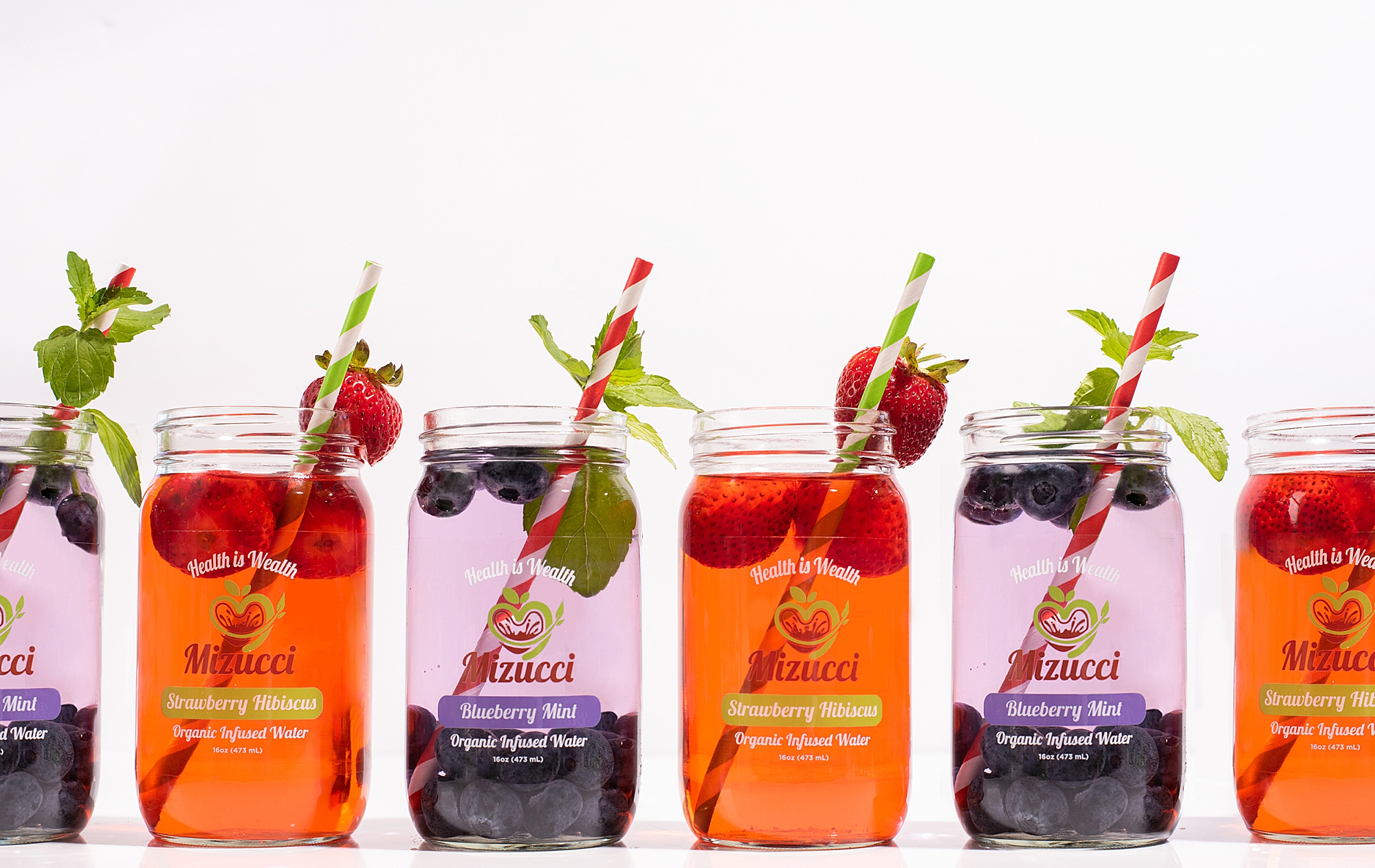Imagine: You’re scrolling on your phone when you come across an ad with your photo on it – that you took a few years ago – for a company that was never your client. Your name or company are nowhere to be found on the ad, and that photo was intended for one-year use by your client only.
How did that happen? And what can you do about it?
It’s time to talk about protection! You need to implement a commercial photography license.
Types of Photography Licenses
Whether you’re taking photos of families or photos of products, you need some kind of agreement in place for how and when your clients can use your work (i.e. provide a license for use). Contrary to popular belief, the work belongs to the artist, even if it was created for someone else.
This is not true across all industries, so you can’t assume your clients know how it works. For instance, in the world of copywriting or ghost writing, ownership of written content created by the writer is fully transferred over to the client. The writer releases all rights to the copy.
But in the photography world, especially when it comes to commercial use, the photographer or artist permanently retains the copyright (unless they choose to sell it for a steep price, which is fairly rare). After producing the work, the client and artist must come to an agreement on how the images may be used. This is why there’s a price to use stock photos – they still belong to the artist, and others pay to use them.
Personal Photography License
If the client just wants the images for personal use (photo albums, wall art, etc.), they’ll only need a personal license. That license and the accompanying fee will give them the right to use the product for private use, including printing for gifts, shirts, and products AS LONG AS they are not sold or used for business or advertising purposes. This is usually referred to as a print release.
Commercial Photography License
A commercial photography license, on the other hand, grants your client the right to use the photos for advertising and for-profit purposes. These range from one-time usage rights for single projects all the way to a full copyright release (which I wouldn’t recommend under most circumstances because the photo becomes the client’s to own, use, and edit as they wish in perpetuity).
If you are a commercial/product photographer, you will almost always require a commercial photography license. While your client may request unrestricted or extensive licensing, the ultimate goal is for the artist and the client to find compromise with fair usage rights and fees for both parties.
A Well-Defined License will:
- Protect against copyright infringement
- Make sure you get paid what your worth
- Let you define usage rights – how and when your photos can be used
- Ensure that people other than your client cannot use your photos

How to Set Fair Commercial Licensing Agreements & Usage Fees
-
Ask Your Client
First, listen to your client. Photo usage will vary from client to client. Determine their primary goals for the photos, and work to include those uses into the commercial photography license. The more specific the better. Then, you can clearly exclude other uses that aren’t as important to them. (If the client finds they need the photo for additional purposes, that will require new usage rights and fees.)
-
Establish a Timeline
In the example above, a company used photos taken years ago without paying for them – and that might have happened because your client shared it with them. Free advertising! That’s not fair to you. Make sure your client knows that the photos cannot be used by others; and, if your client needs the photos for an extended period of time, get it in writing. Let the fee reflect the amount of time they will be using them. If they would like to extend the time, they’ll need to extend the commercial photography license – and pay up for it.
-
Find a Good Template
Unless you’re a lawyer who also does photography, putting together clear agreements that will hold up in court is no fun. They don’t need to be in legalese, but your commercial photography license agreements should be as solid as possible. The best way to cover your bases without spending too much time or money is to use a template. You can find plenty of photo license agreement templates and contracts online (for free or a very reasonable price). I would recommend comparing a few and alter/add as needed. (You could try Legal Zoom, Law Depot, or Rocket Lawyer among many others. Some client management systems include business templates as well.)
Lindsay is a Los Angeles-based food, product, and commercial photographer. She specializes in Still Product & Food Photography, Lifestyle & Portrait Photography, Stop Motion, and Food Styling. Connect with her HERE for product marketing!

you said: